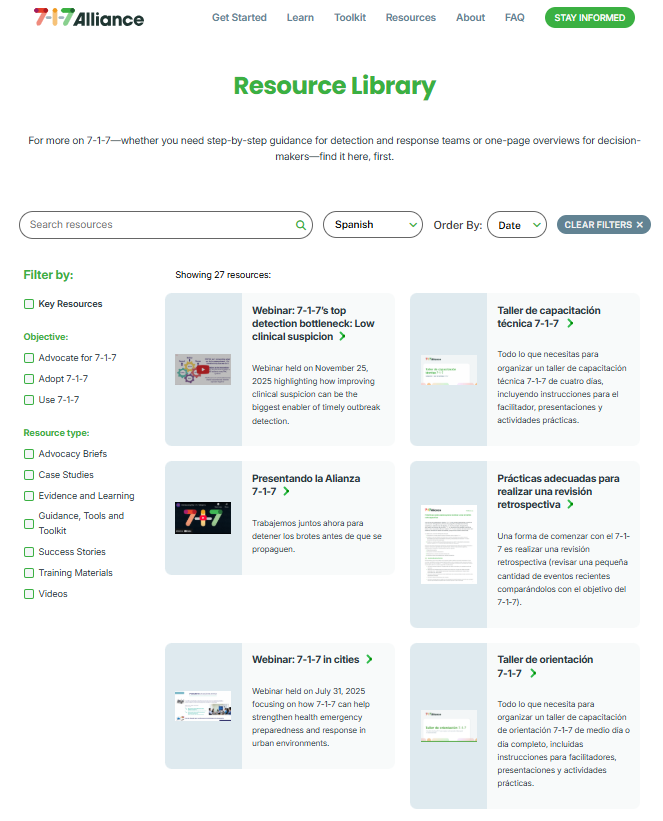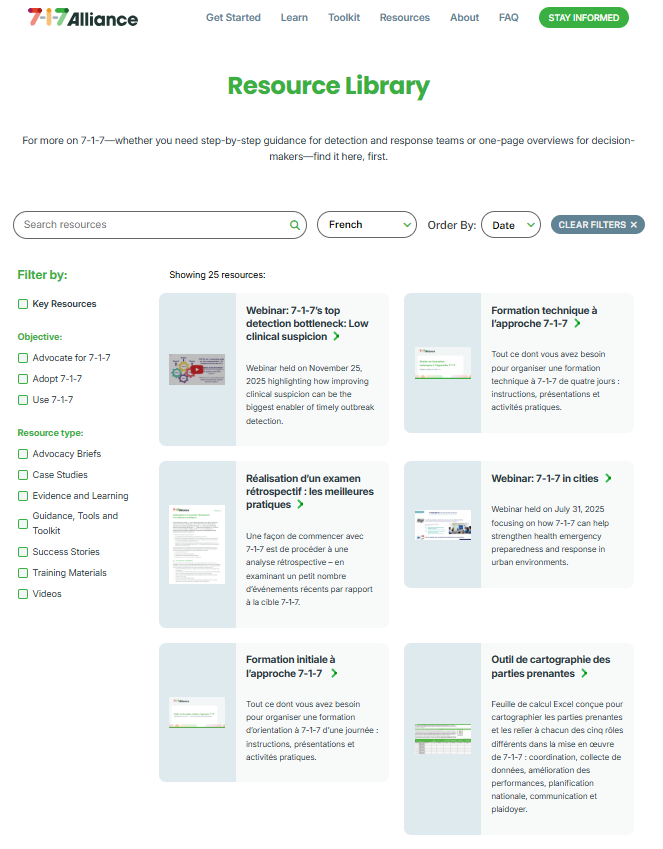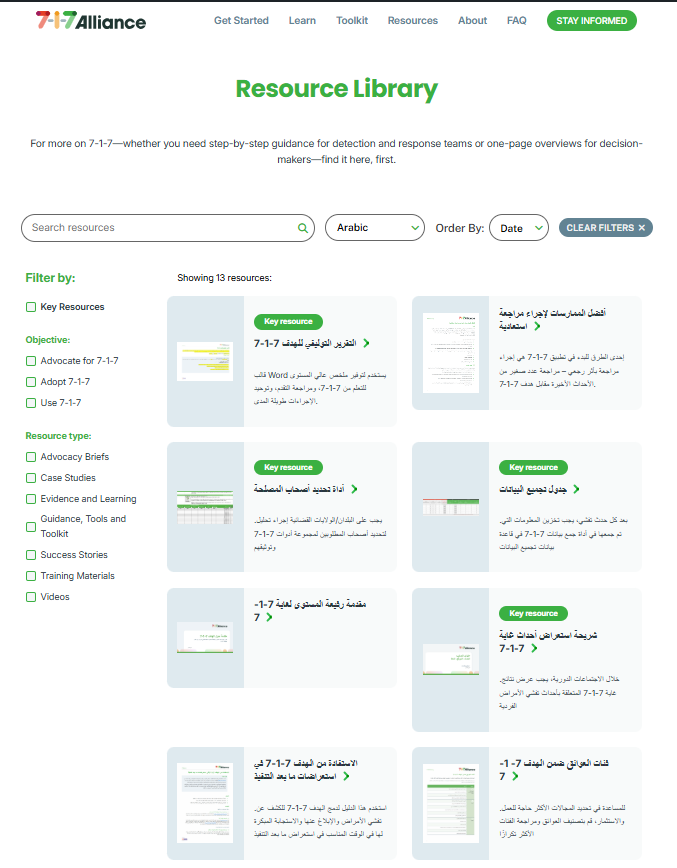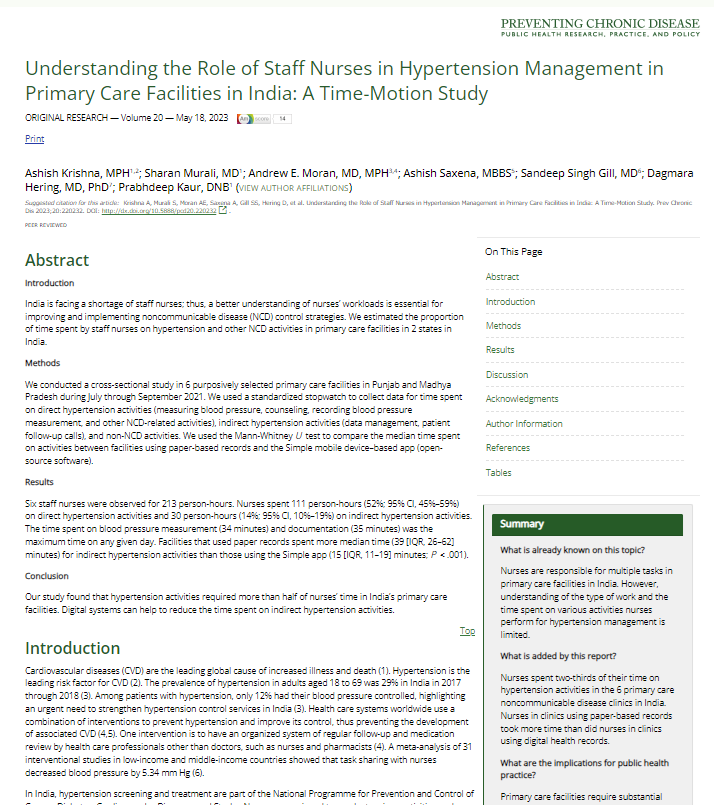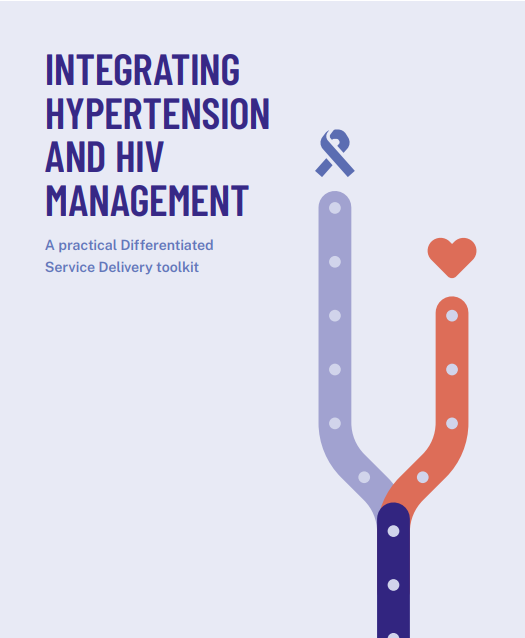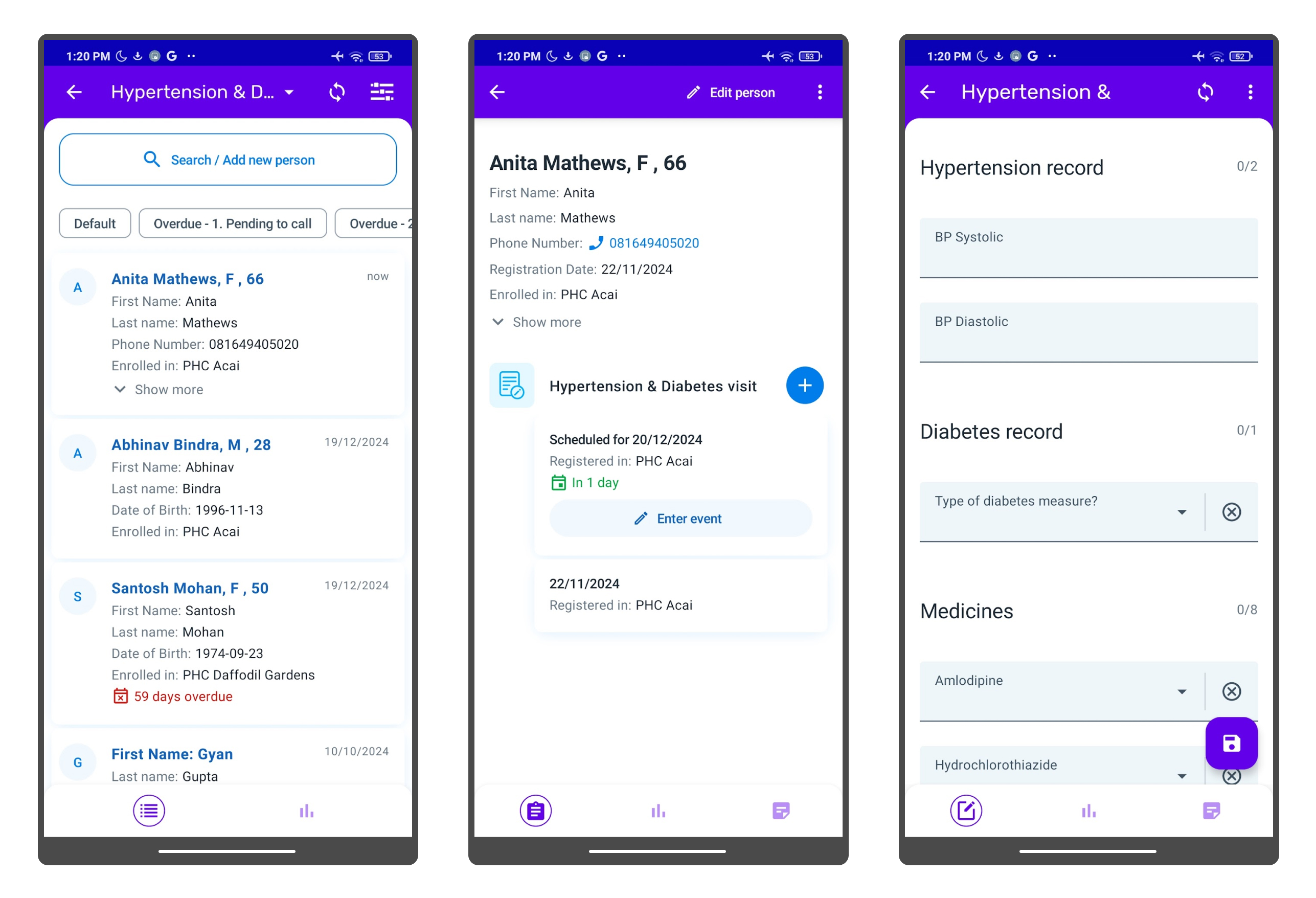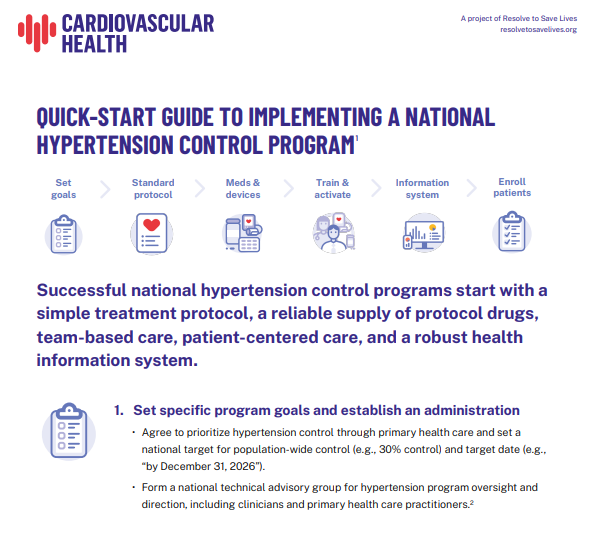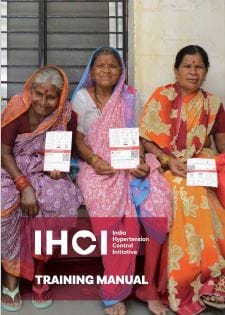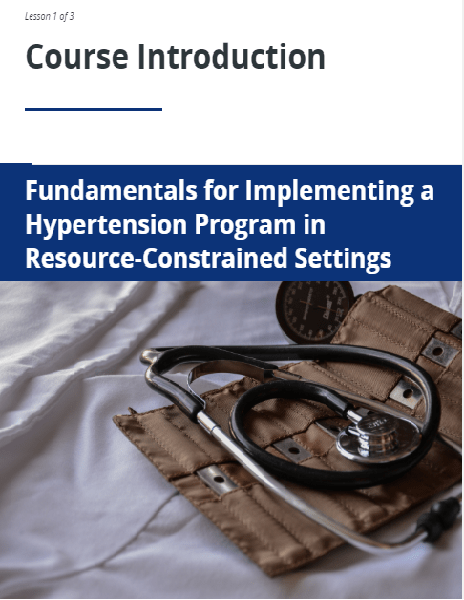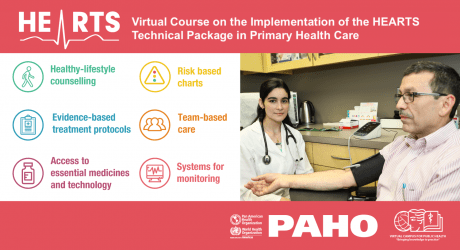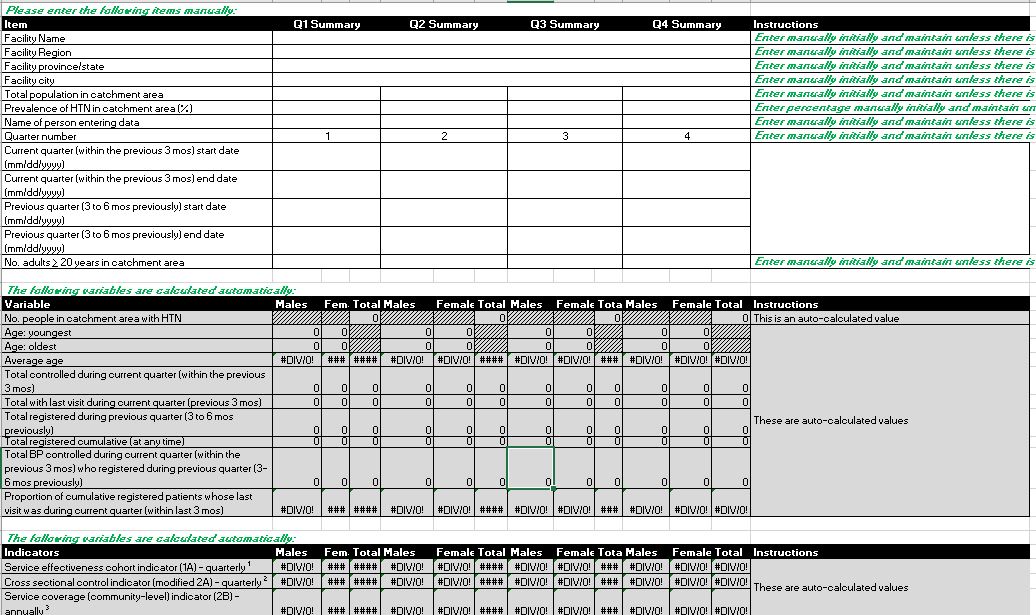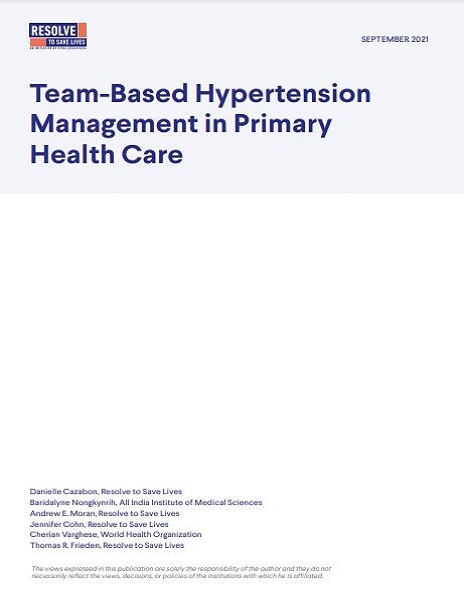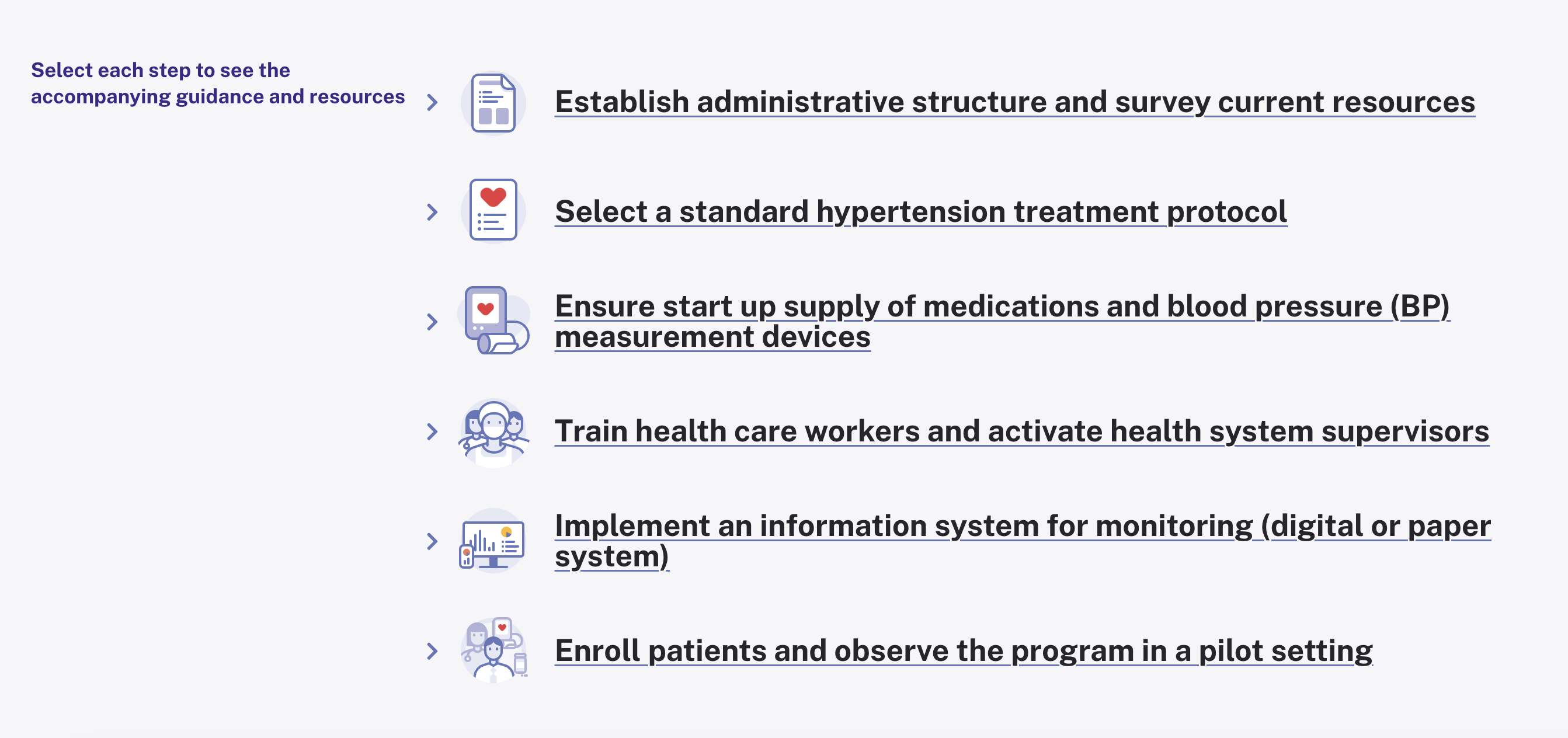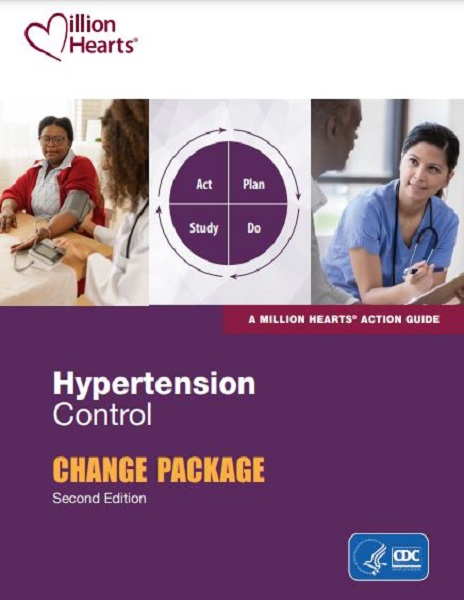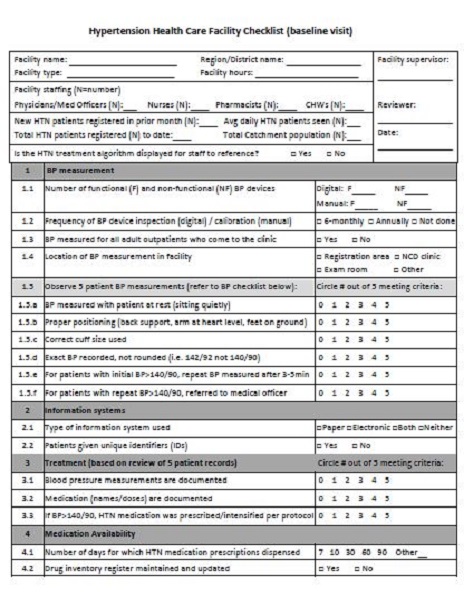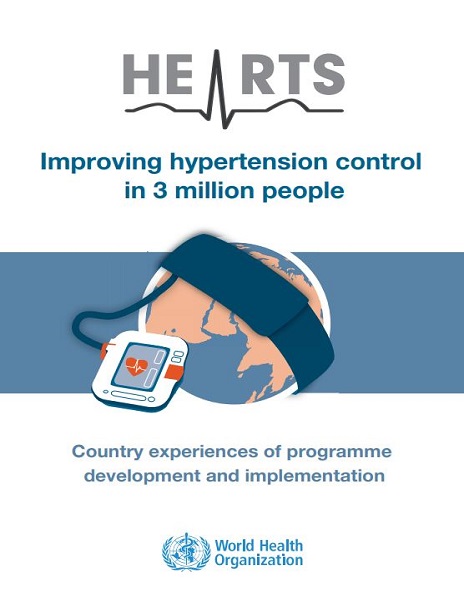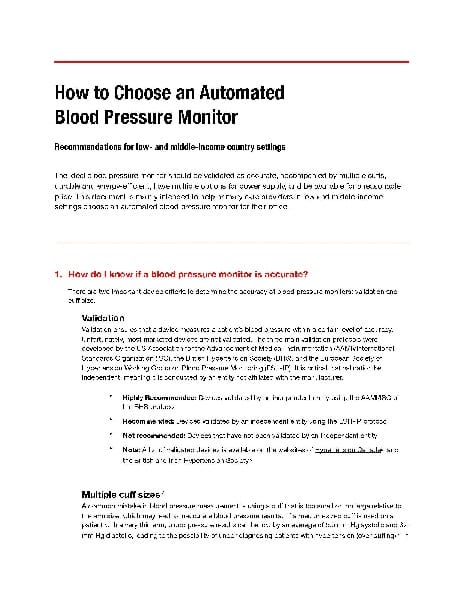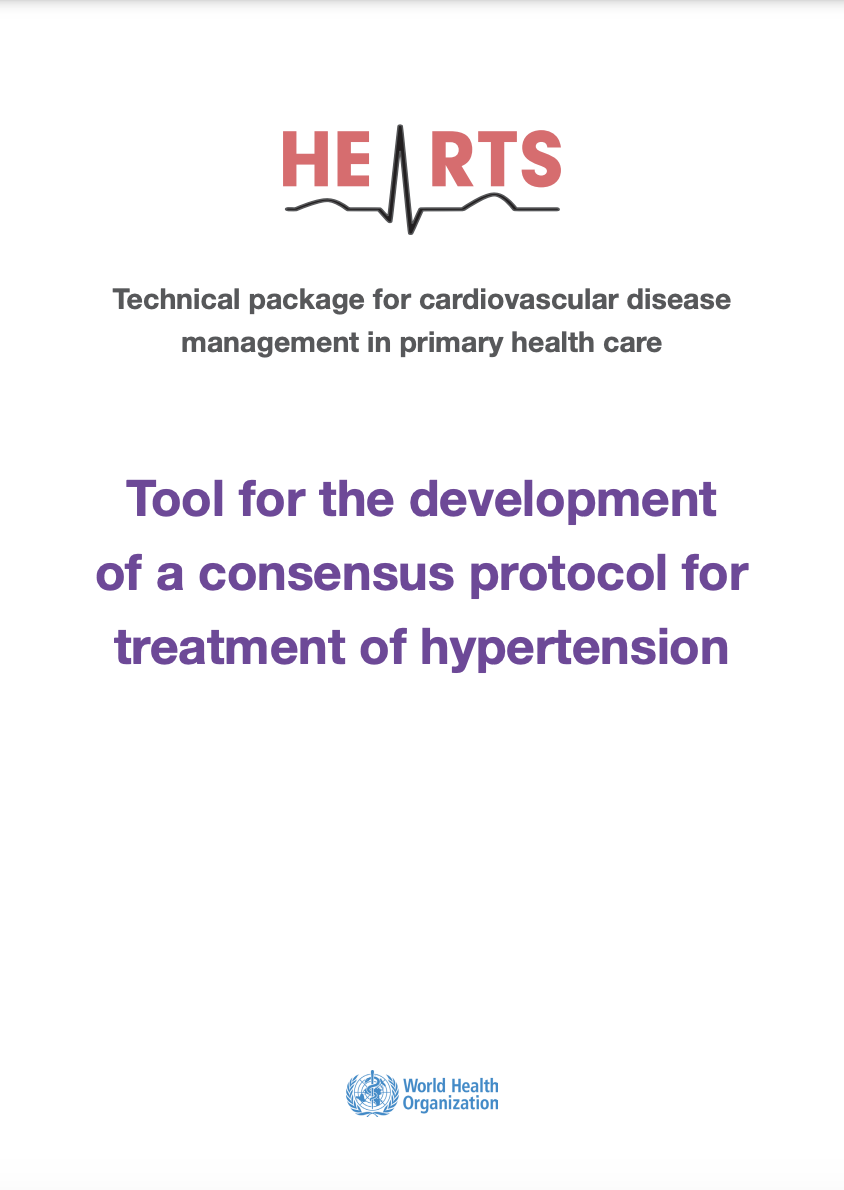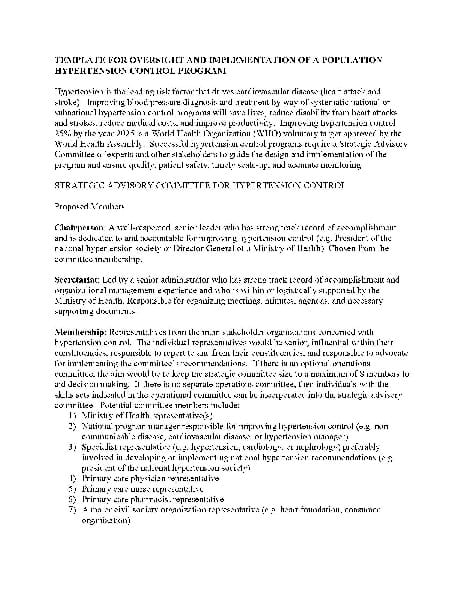Resource Library
Program implementation
7-1-7 Alliance
7-1-7 Alliance
7-1-7 Alliance
7-1-7 Alliance
Resolve to Save Lives
Resolve to Save Lives
Resolve to Save Lives
Resolve to Save Lives
Resolve to Save Lives
Resolve to Save Lives
Resolve to Save Lives
The updated version 2 of DHIS2 Tracker is a free, open-source health management data platform that integrates care of hypertension and diabetes for large-scale NCD programs.
Resolve to Save Lives
India Hypertension Control Initiative
Pan American Health Organization
Resolve to Save Lives
Resolve to Save Lives
Resolve to Save Lives
Pan American Health Organization
Resolve to Save Lives
Resolve to Save Lives
Resolve to Save Lives
World Health Organization
Resolve to Save Lives
